Uruguay: Montevideo Part 2
Buga: 10.03.2019
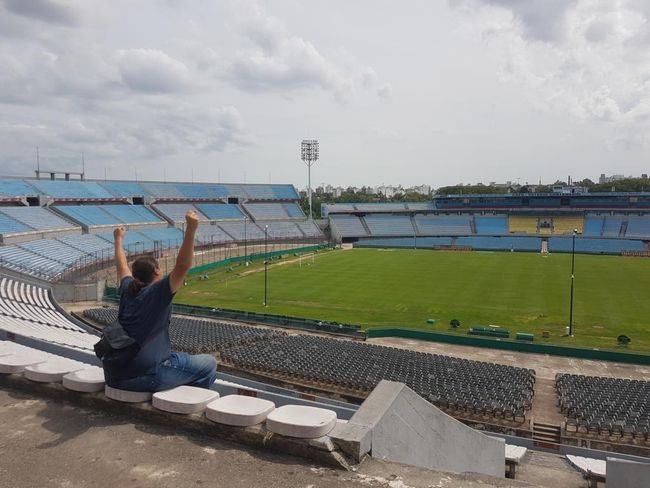
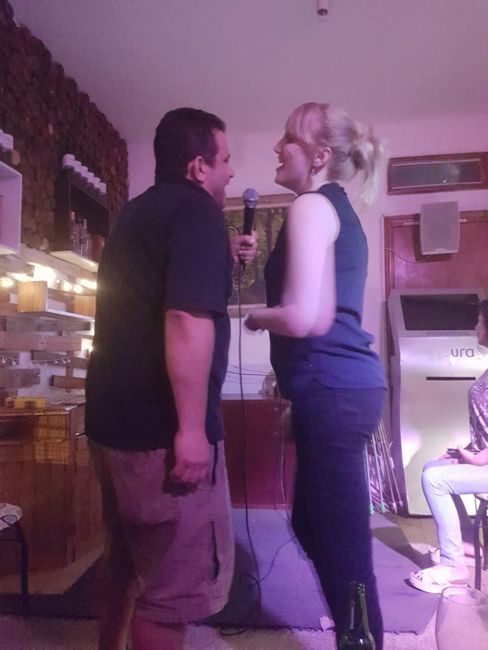
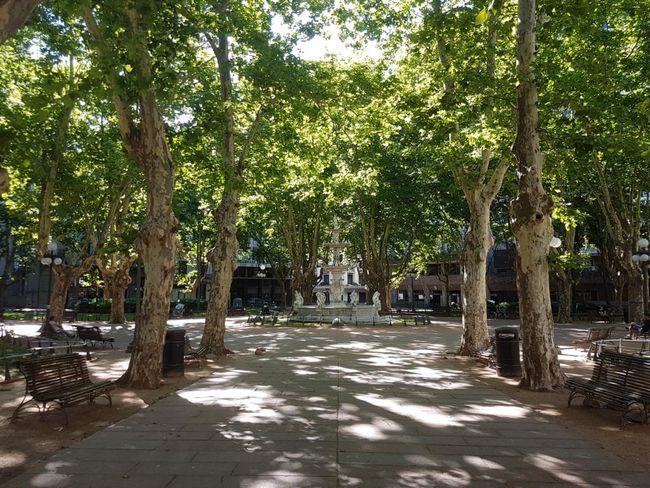
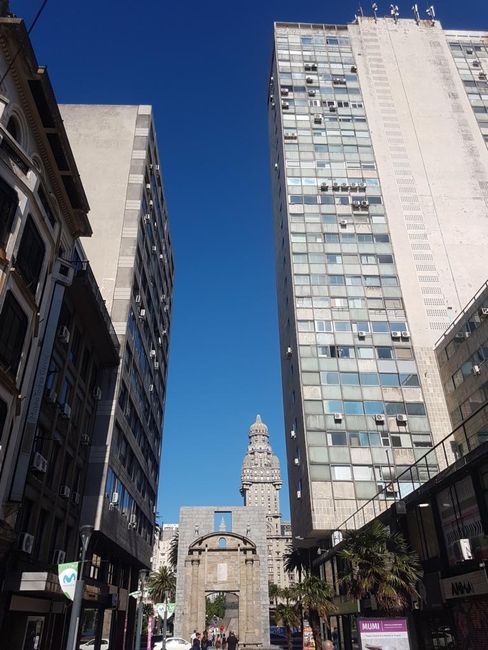
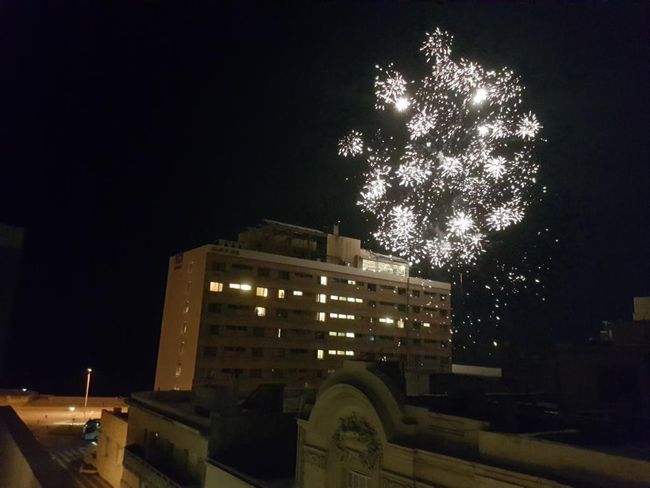
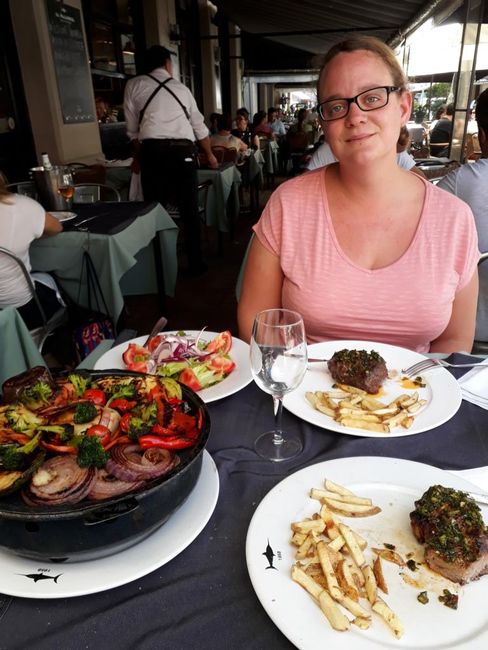
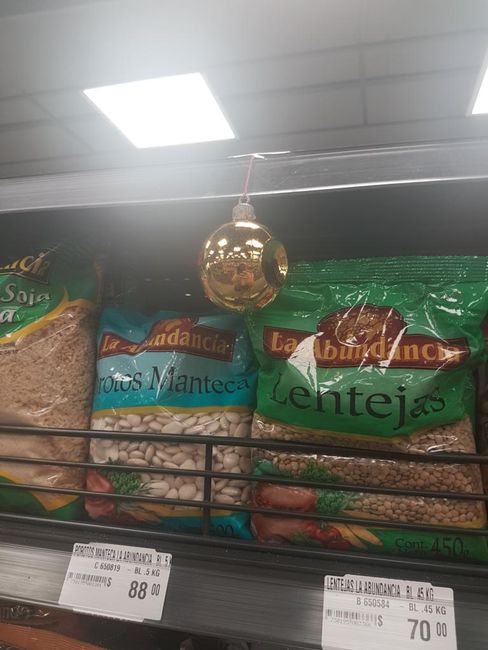
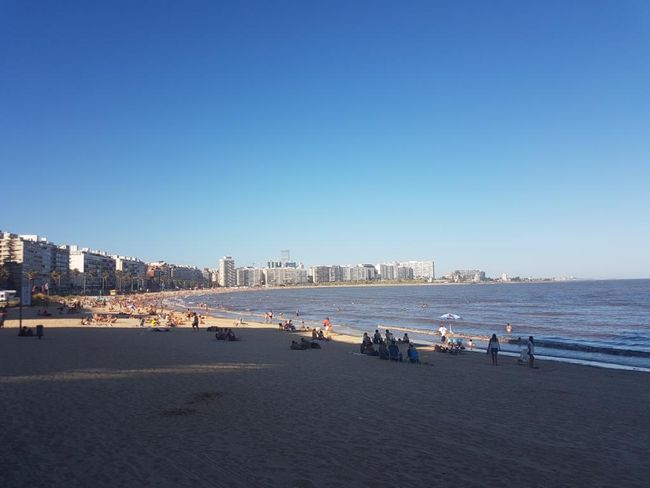
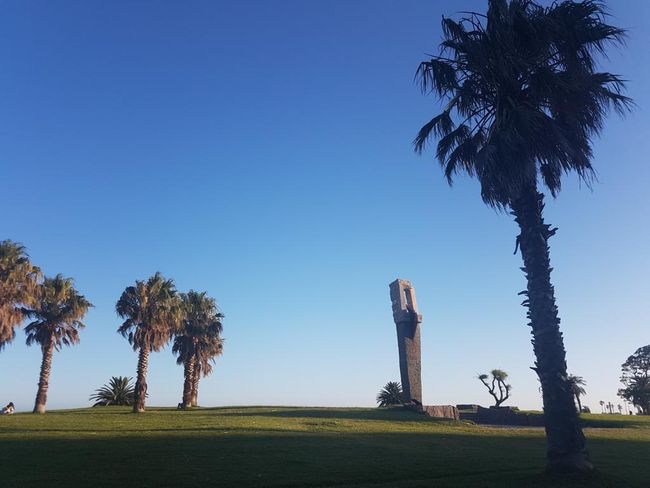
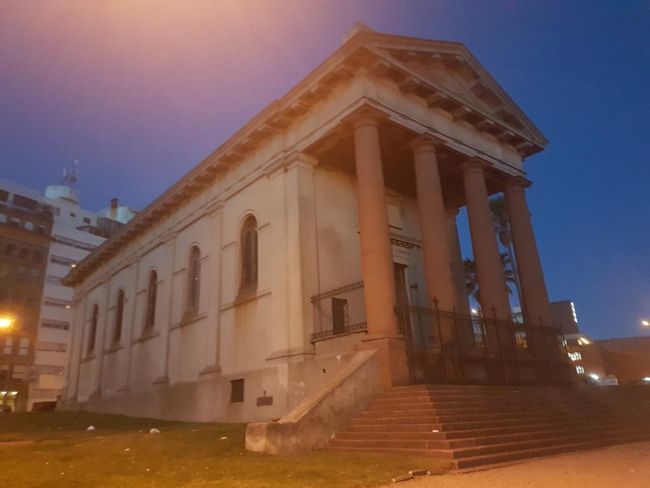
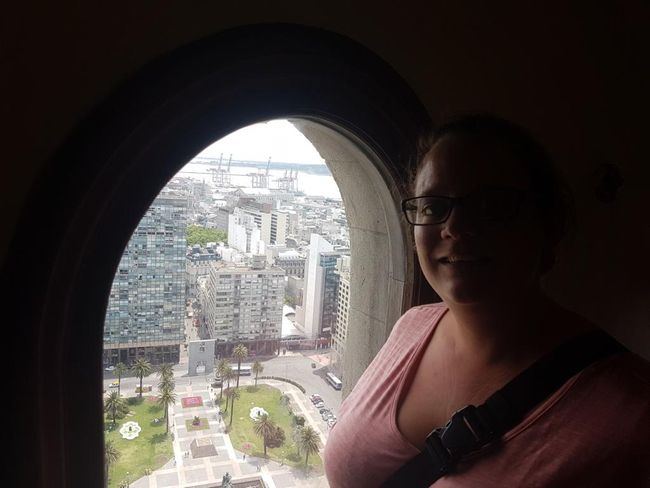
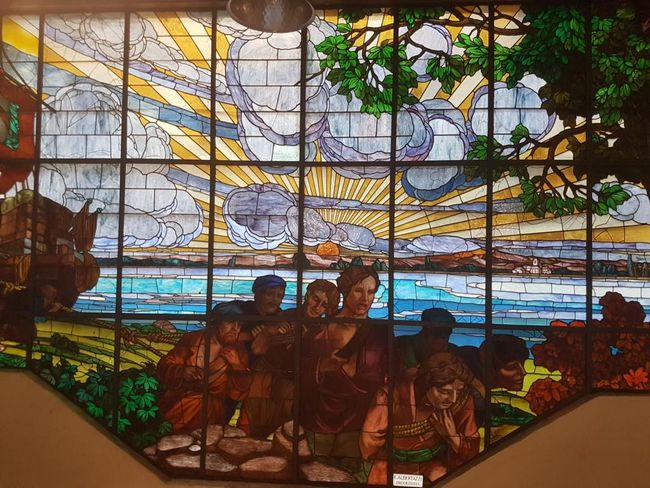
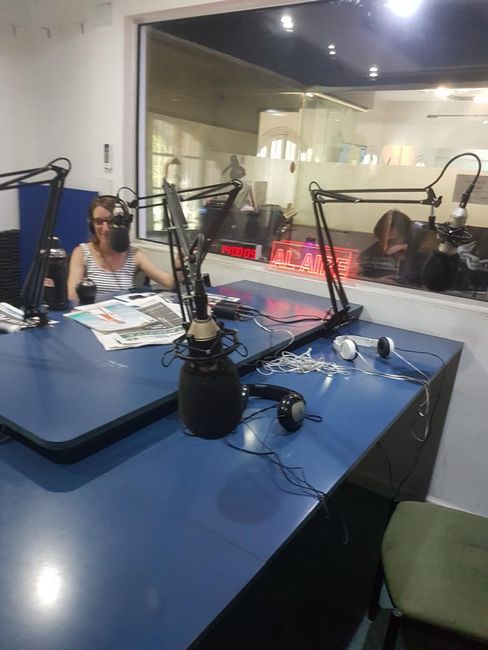
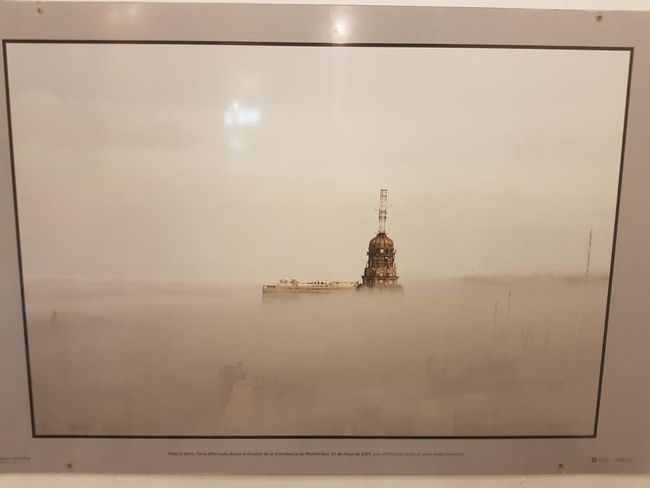
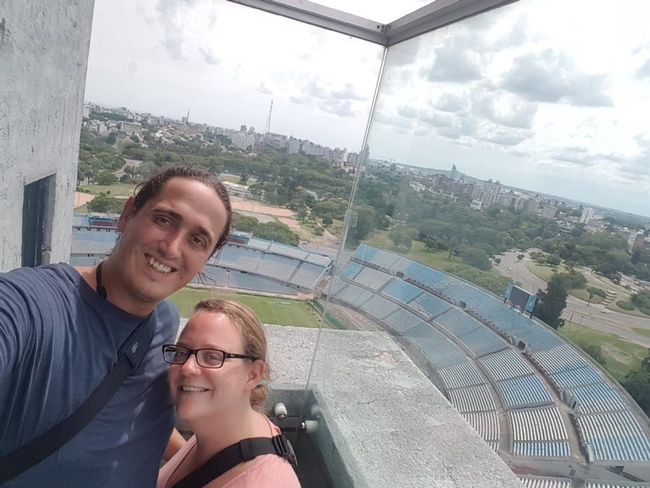
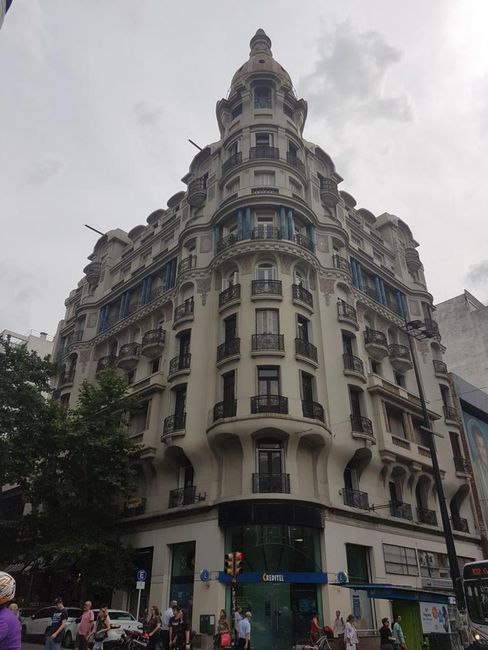
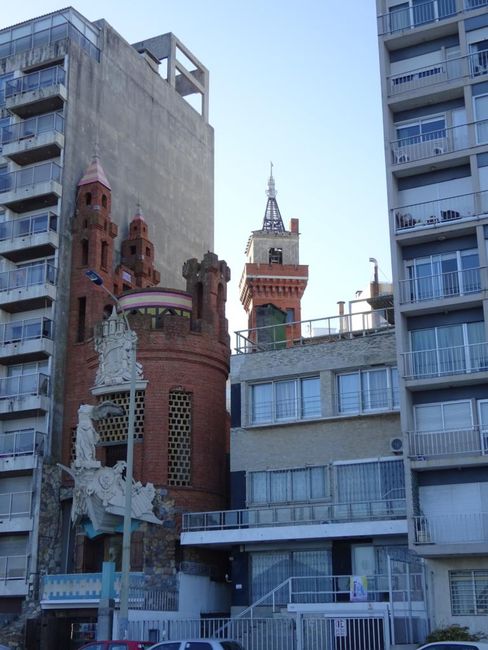
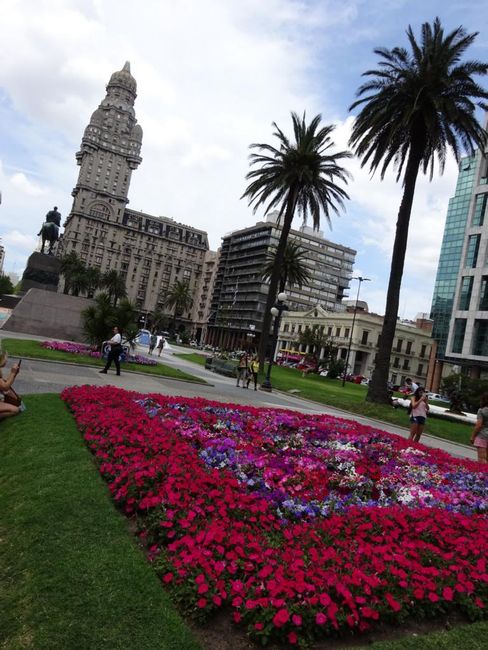
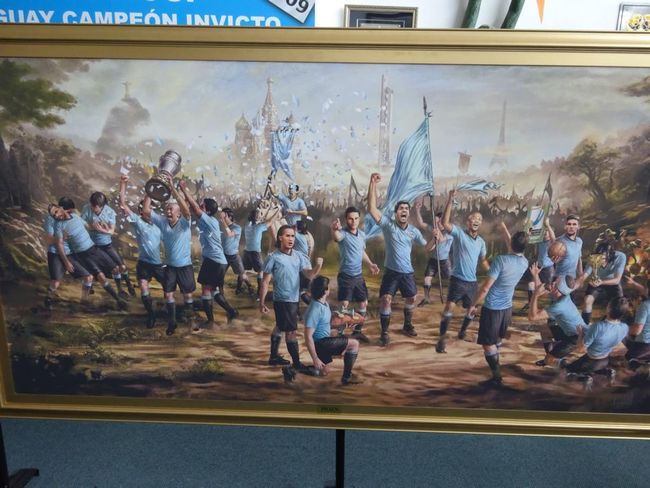
Biyan kuɗi zuwa Newsletter
While I quickly zoomed home, Jörg stayed in Uruguay and took a Spanish course here to deepen his knowledge. Afterwards, we decided to spend the Christmas holidays in Montevideo. Like at home, Christmas is a family celebration here, so everything is closed, there's nothing going on, people are at home celebrating with their loved ones. Fortunately, we still knew Lili and Roberto here, with whom we spent a nice evening before the holidays. After meeting them at their restaurant, we went to a Korean restaurant where they are friends with the owner. There we met more friends of theirs. Together, we had dinner and had some drinks. Afterwards, we went to karaoke, although Jörg and I weren't really excited about it. We're usually up for anything, but singing is where the fun stops, especially for the sake of everyone else. Nevertheless, it was quite fun, the Koreans sang songs from their homeland in Korean, Roberto sang songs in Spanish, and Lili sang well-known songs from around the world. Jörg and I danced enthusiastically and applauded loudly. But even Lili and Roberto had "family duty" over the holidays, so we had to spend time alone. Although Montevideo is a huge city, where almost half of Uruguay's population lives (they say there are 3 million people and 7-10 million cows), there were actually no restaurants open, so we were very grateful for our guerilla kitchen, as always. So we bought supplies and some bottles of wine and made ourselves comfortable in the hotel room, where we even had our own terrace. We jokingly even considered buying a small plastic Christmas tree, but in the end, we decided against it.
In general, Christmas here is not as hyped up, at least not in terms of the commercial aspect. The Christmas decorations in the stores are not as flashy, and the lights around the palm trees were only put up a few days before the actual event. Not in October like back home. Somehow, it feels like here it's actually more about spending a nice time with family rather than spending an entire month's salary on expensive gifts.
The locals have a habit of leaving out important information when asked about something. We asked several people if there was anything special for Christmas, traditional customs, or anything like that. No, we were assured. Absolutely nothing. Not a single person mentioned that it is customary here to set off fireworks at midnight on the night of December 24th to 25th. And in large quantities at that. The sky glowed in all colors for at least an hour, and there were cracks and thunder throughout the whole city. Luckily, we had our own balcony where we could enjoy the show. It would be unthinkable back home, it's a high holiday, after all, and quiet hours are observed. Actually, it's pretty ridiculous. Not here, though, here they shoot off fireworks to celebrate the holiday. Jörg and I decided to adopt this custom and in the future set off a rocket or a volcano or something at midnight on Christmas at home, at the risk of our neighbors reporting us. Grapes for New Year's, fireworks for Christmas. A little bit of Latin America at home.
When the holidays were over and things slowly returned to normal, we visited the Palacio Salvo at Plaza Independencia. Right on the square, there is also the underground Mausoleo de Artigas, where Jose Artigas, a hero of the independence war, found his final resting place and is guarded 24/7 by an honor guard. Another landmark on the square is the Puerta de la Ciudadela, a lonely stone gate that is the only remaining relic of the former citadel.
The Palacio Salvo is visible from many places in the historic old town. At 26 stories high, it was the tallest building on the continent when it opened in 1927 and is still considered a classic symbol of Montevideo today. Originally, the Palacio was built as a luxury hotel. The generously used marble was imported from Germany. Today, it houses apartments, and as we were told, they are not even particularly expensive. During the guided tour, we learned a lot about the history of the building. We also walked through the hallways and staircases and got to see an apartment (which has been converted into a souvenir shop). Additionally, we went up to the tower, from where we could enjoy the view of the city. The Palacio was actually originally designed to have zeppelins dock at the tower. The Palacio also houses a radio station, where we were able to take a quick look. I was even briefly interviewed live, whether we liked it in Uruguay, which of course I could only confirm (after all, I was on the radio) and wished the radio listeners a good start to the new year in the most professional Spanish. The short tour of the Palacio was quite nice, but not really a highlight that would be a reason to come to Montevideo.
On the ground floor of the building, there is also the Museo del Tango. However, we decided not to visit because we thought we would visit the Tango Museum in Buenos Aires. First, this was a mistake, and second, we would still come back again. But more on that later.
Meanwhile, it was possible to eat at the Mercado del Puerto again. Although it sounds like it, it's not a market in the traditional sense. The old market hall is home to many parrillas (steak restaurants) and some souvenir shops. It's also a good place to look for a public restroom. Here's a side note on this topic: Actually, it's not that easy to find public toilets here. Even before the trip, I read in the travel guide that this is a general problem throughout Latin America. However, it hasn't been a problem at all so far, anywhere. In the poorer countries, there was a public toilet on every corner, although they were usually in need of renovation, but at least somewhat clean. As soon as we arrived in the richer countries of the continent, this luxury was gone. The reason is clear: in the poorer countries, a woman can make a living from running a toilet and the money earned from it, as you have to pay a little something everywhere. Here in the south, this is probably no longer possible. To be fair, it must be said that there are some public toilets in Uruguay, for example, in Punta there were ToiTois on the beach that were tip-top clean and well-maintained. A woman is stationed everywhere to clean and maintain them. You don't have to pay anything, the ladies are paid by the city. So they exist, but as I said, they are not really widely available.
We also drove out to the Museo del Futbol. This was purely for the sake of broadening horizons, because Jörg and I are not particularly football enthusiasts, quite the opposite. But Uruguay won the first World Cup in 1930, which they also hosted, so visiting the museum and the stadium is almost a must. There are memorabilia from the years 1930 and 1950 when Uruguay won the World Cup, as well as many photos of various team line-ups. However, the whole thing wasn't particularly interesting. Afterwards, you could visit the Centenario Stadium. It was... well... just a football stadium. There's a green field, two goals, and grandstands. You can imagine that. The most interesting thing was actually the adjacent observation tower, where you could go up and see the city from a different perspective from above. So, you really have to be a die-hard football fan to find this museum interesting, otherwise, it's not really recommended.
Biyan kuɗi zuwa Newsletter
Amsa
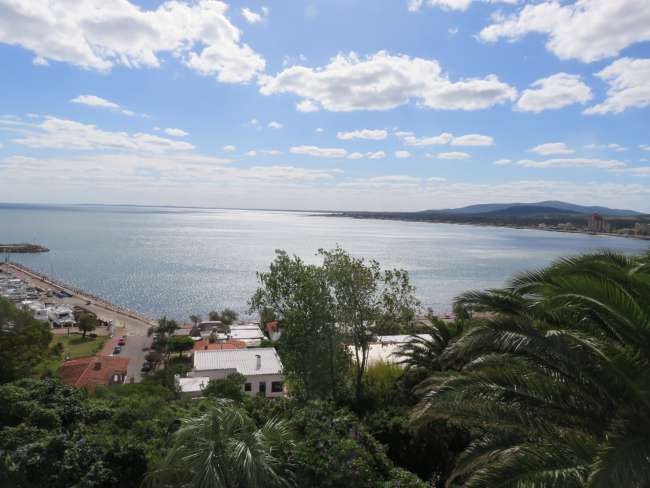
Rahoton balaguro Uruguay

